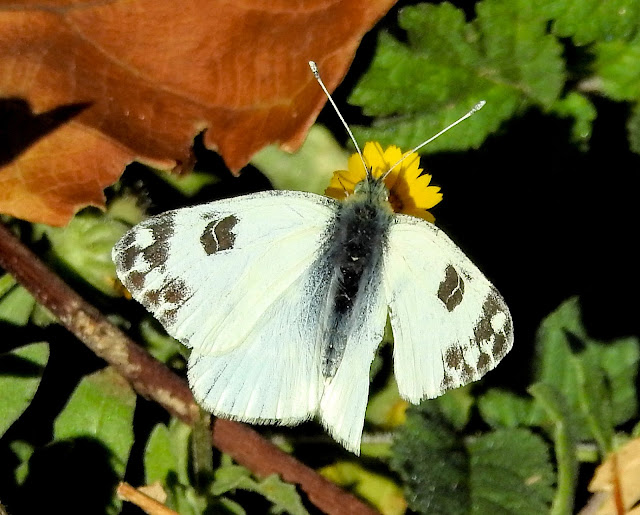This Blog contains Wildlife, Plants and Bird Photos from Walks, Safaris, Birding Trips and Vacations. Most of the pictures have been taken with my Nikon P900 and P950X cameras. Just click on any image for a larger picture. On the right column under the Blog Archive are the entries by date. Below that under Animal categories all the diffent species of Animals, Birds, Insects and Plants contained in the website are listed. Clicking on any entry will show all the entries for that species.
TOTAL PAGEVIEWS
TRANSLATE
Wednesday, 23 January 2019
Tuesday, 22 January 2019
Monday, 21 January 2019
Sunday, 20 January 2019
16-1-2019 BIOPARC, VALENCIA - WHITE BACKED VULTURE (Gyps africanus)
White-backed vultures are obligate scavengers with a high level of specialization on carrion. Their primary food sources are the carcasses of large, grazing animals found the wooded savannahs where it lives. This includes warthogs, zebras, gazelles, ostriches and even livestock. Their beaks are medium-sized not adapted for tearing through tough skin, so they are limited to eating soft tissues, such as the viscera, using a pulling feeding tactic.
White-backed vultures circle through the sky in search of freshly dead animals, often following other scavenger birds and mammalian carnivores to find it. Gyps vultures are considered social vultures which rely heavily on conspecifics to provide information about the position of food and carcasses. Once a carcass is found, they will begin wheeling in the sky, signalling their discovery to other vultures.[citation needed] White-backed vultures feed in groups and are often one of the first vulture species to arrive at a carcass. This leads to this species having a high dominance at carcasses in comparison to other vulture species such as white-headed, hooded, and Egyptian vultures.
After feeding, white-backed vultures often rest with their wings spread and their backs facing the sun, as they have gorged themselves so much they can no longer fly.
White-backed vultures nest in trees. They typically choose tall trees along riparian habitats and show strong a preference for Acacia species. The nests are large, around 1m in diameter, and are made of large sticks and lined with leaves and grasses.
Subscribe to:
Posts (Atom)
















































